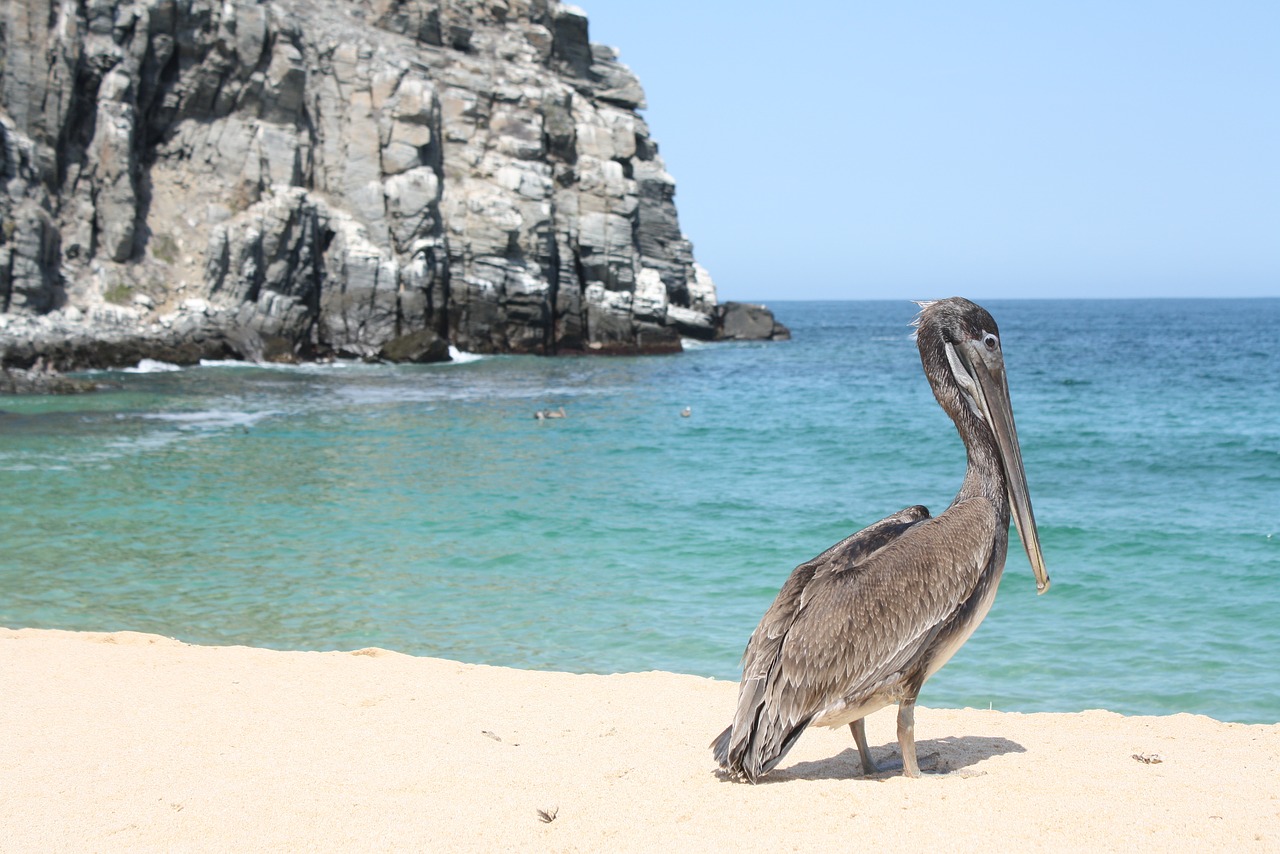In March 2020, environmental groups celebrated the 20th anniversary of a signal victory. In 2000, a coalition of Mexican and international nonprofits and individuals defeated the construction of a proposed Mitsubishi salt factory in the midst of one of the world’s last unspoiled ecosystems in Mexico’s Baja California Sur.
Had it moved forward, the company’s plans to industrialize the natural wilderness coastline region near San Ignacio Lagoon would have had serious detrimental effects on one of the central locations for wintering Pacific gray whales.
Thanks to this activism, the lagoon today remains one of the world’s rare ecological wonders. It is available to tourists who choose environmentally-sustainable trips as well as researchers hoping to investigate biodiversity in one of the Earth’s best living labs. Here’s what you need to know:

Slow and Steady Won the Race
The Mitsubishi plant would have created an industrial landscape sprawled over close to 120 square miles. The more than 7 million tons of industrial-use salt products it would have produced annually would have been used to manufacture items such as PVC piping and a range of chemicals.
The fight against the plant took years. At first, the plant’s construction seemed inevitable. Mitsubishi had established a joint venture partnership with the Mexican government to move the project forward. Additionally, the company used much of its global financial and public relations clout to attempt to counter opponents’ arguments.
But activists’ steady, reasoned, impassioned work wore down the might of one of the world’s best-known multinational corporations. They accomplish this feat through effective communications to the public, outreach to UNESCO, bringing scientific experts on board, and utilizing the talents of some of Mexico’s most effective attorneys, legislators, and government officials.
Local and International Partnerships Coordinated Their Efforts
The widely respected Mexican poet, activist, and diplomat Homero Aridjis was a key figure driving the success of the campaign against the construction of a salt plant near San Ignacio. Aridjis’ organization, El Grupo de los Cien (“The Group of One Hundred”), brought together dozens of ecology-centered organizations. Additional support came from United States-based and international groups such as the Natural Resources Defense Council.
El Grupo de los Cien has also led in efforts to reduce levels of air pollution in Mexico City, one of the world’s most heavily polluted urban areas. It also works to safeguard sea turtles and protect the Monarch Butterfly Biosphere Reserve, another UNESCO World Heritage site.
The San Ignacio Lagoon Is a Sanctuary for Gray Whales and Other Wildlife
Each year, San Ignacio Lagoon hosts hundreds of gray whales. San Ignacio and two other sheltered, warm-water lagoons along Baja California Sur’s southwest coast are the southern point of the whales’ 12,000-mile round-trip journey every year. It is home to an 800-square mile nature reserve in which hundreds of species of marine and land wildlife thrive.

The lagoon lies within the El Vizcaino Biosphere Reserve. This pristine natural ecosystem is listed as a World Heritage site by the United Nations Educational, Scientific and Cultural Organization (UNESCO).
Gray whales visit its waters every winter season, mating, giving birth, and beginning to raise their young before their long journey northward. In addition, San Ignacio Lagoon supports a flourishing population of migratory bird species and hundreds of types of fish. Many of these species are found nowhere else on earth.
Conservation Efforts Are Ongoing
Numerous nonprofit environmental organizations have spent decades working in and around San Ignacio Lagoon. These include WILDCOAST, an international group that focuses on promoting conservation measures that will continue to protect coastal ecosystems worldwide and support wintering gray whales and other species.
WILDCOAST has conducted extensive training of local guides who accompany tourists on whale-watching excursions. Affiliated guides learn appropriate techniques for managing day trips or multi-day excursions to observe the whales. They have also received advice and assistance in reducing emissions from their outboard motors.
National Standards for Tour Guides Are Also Enforced
Tour guides operating excursions to see the whales also have to abide by the Mexican government’s published standards for their industry. These guidelines are designed to minimize stress to the whales, and to maintain the safety of everyone involved.
They include maintaining vessels at a distance of at least 60 meters (about 200 feet) away from the whales, powering boats at low speed and not steering directly toward a whale, refraining from separating groups of whales, and placing the motor in neutral at the approach of a whale, allowing the animal to come nearer to the boat, rather than the other way around. In addition, whale-watching tour guides should maintain proper permitting through the Mexican government’s Secretariat of Environment and Natural Resources.
Any tourist planning a whale-watching excursion by boat should become familiar with these important guidelines, and make sure that tour operators are following them. Most guides are very conscientious.
Ecotourists Have a Variety of Options
There are numerous tours to choose from that operate within these guidelines. They offer a rich variety of experiences that place visitors inside stunning rocky coastline scenery opening onto exceptional whale-watching opportunities.
For example, one sustainable camping excursion to San Ignacio Lagoon works safari-style to bring tourists to a bluff overlooking the water. Visitors then have the chance to step right outside their tents and see whales coming into view. Additional bonuses include opportunities to go bird-watching, collect fossils along the shoreline, and relax under a clear night sky brimming with stars.
